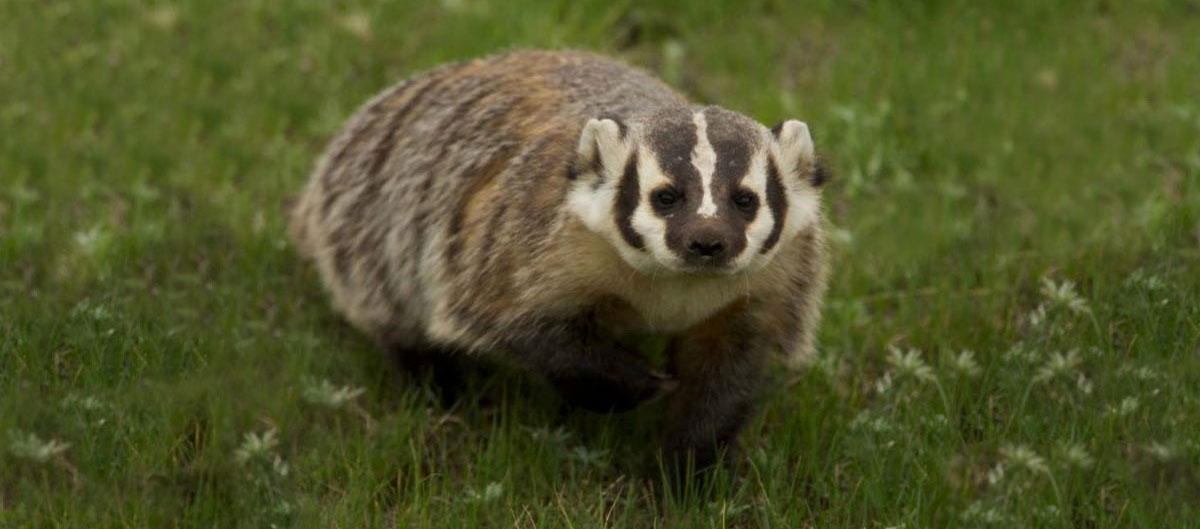
Photo: Ryan Haggerty, U.S. Fish and Wildlife Service
Badgers dig multiple burrows, and their abandoned burrows are often taken over by other species. A coyote or hawk will sometimes follow a badger as it hunts to catch any prey that escapes the badger.
Badgers have a very distinctive “look”; white cheeks, each with one dark cheek patch, and a dark snout with a white stripe running from the nose to the back of the head (and sometimes partway down the back). They are stout, wide-looking animals with short, dark legs and paws with long claws designed for digging.
The fur of a badger is tan or white, but the guard hairs are yellowish at the base, brown or black in the middle, and tipped with white. This gives badgers an overall appearance of grizzled gray fur. They have short tails. Badgers are typically 23 to 35 inches long and weigh up to 26 pounds. Males are larger than the females.
Badgers typically cover their scat, so it is not often found.
While badgers can be found statewide, they are most common in north and central Illinois and less common in the southern part of the state. Some of the highest populations are in sand prairies found in northwestern and central Illinois.
The tell-tale sign that a badger is in residence is the presence of its burrow. Badgers dig horizontal, oval-shaped holes that typically measure 10 to 12 inches wide. The entrance tends to be steep, and there is a large amount of displaced soil around the entrance.
Badgers are solitary animals, except during the breeding season when the female raises the young. While badgers are nocturnal, they are sometimes seen out during the day. They are strong, fast diggers, known to be capable of burrowing through roads and thin concrete.
Badgers dig multiple burrows, and during the summer months males (and females without young) change dens regularly. Burrows are dug to provide safe places to sleep and to raise their young. During the winter, badgers go into a state of inactivity, with body temperature and heart rate dropping, but they are not true hibernators. Their abandoned burrows are often taken over by other animals and used as den sites.
Badgers are known to be susceptible to rabies and canine distemper virus. They do not pose a public health risk.
Badgers live in open lands such as remnant prairie, pastures, railroad rights-of-way, roadsides, fencerows, and fallow fields. They will also use row crop fields if other habitat is not available. A study of badgers conducted in west-central Illinois in the early 1990s found that female home ranges averaged 5 square miles, while males had home ranges of approximately 17 square miles.
Badgers mainly prey on ground squirrels, pocket gophers, and woodchucks, digging to catch them in their burrows. They will also eat mice, voles, rabbits, bird eggs, snakes, frogs, insects, and, on occasion, plants such as corn or berries.
Breeding occurs in the late summer, and the young are usually born the following spring in March or April. Litters are generally one to five young, but two or three is typical. The young are raised by the female. Young badgers start leaving the den around a month or six weeks and are fully weaned by three months old. They stay with the female through the summer, and then they leave to find their own territories.
Juveniles or weakened adults are taken by coyotes, but healthy adult badgers do not really have predators. Automobiles and farm equipment tend to be the major causes of death. Badgers live about four years if they survive to adulthood.
Badgers can excavate a substantial amount of soil and leave large burrow holes. They will occasionally take chickens.
Habitat modification is difficult since badgers prefer open lands. Reducing the number of prey animals, such as ground squirrels, in the area may cause the badger to move on to better hunting grounds.
Due to the cost of fencing, it is not practical to exclude badgers from large areas. However, if only a small area needs protection, mesh fencing can keep them out. The fencing must be buried at least 12 to 18 inches to prevent the badger from simply burrowing underneath.
There are no registered repellents for use against badgers in Illinois.
Use of bright lights at night is sometimes effective in keeping badgers away from an area temporarily.
Badgers that are causing damage may be trapped or removed if a permit has been issued by an Illinois Department of Natural Resources district wildlife biologist. CONTACT your local district wildlife biologist to discuss options for resolving problems, including issuance of a nuisance animal removal permit.
The IDNR Furbearers page provides more information about hunting and trapping Furbearers. The Illinois Trapper Education Manual provides guidance on the best management practices for trapping. Trap size recommendations for badgers is found on page 90; see TrapperEducationManual.
Badgers may be trapped from mid-November to mid-February in Illinois. There is a limit of two per person per season in northern Illinois and one per person per season in southern Illinois. It is illegal to take a badger in Illinois except by trapping; hunting badgers is not allowed. Current hunting and trapping seasons can be found in the Illinois Digest of Hunting and Trapping Regulations or in the Legal Status section below.
Recreational fur-trapping is the preferred method to deal with nuisance furbearer issues. Trapping can help control the local population of animals and, in some cases, reduce the number of nuisance complaints and the damage that some species can cause. The Illinois Department of Natural Resources offers a lengthy trapping season (3 months, in some cases 4.5 months). Legal trapping can occur 100 yards from an occupied dwelling without permission of the occupants, closer with permission as long as there are no municipal ordinances that prohibit trapping.
In Illinois, badgers are protected by the Illinois Wildlife Code as a Furbearer. It is illegal to take a badger in Illinois except by trapping. Badgers that are causing damage may be trapped or removed if a nuisance animal PERMIT has been issued by an Illinois Department of Natural Resources district wildlife biologist. Badgers may be trapped from mid-November to mid-February in Illinois. Current hunting and trapping seasons and regulations can be found in the Illinois Digest of Hunting and Trapping Regulations.
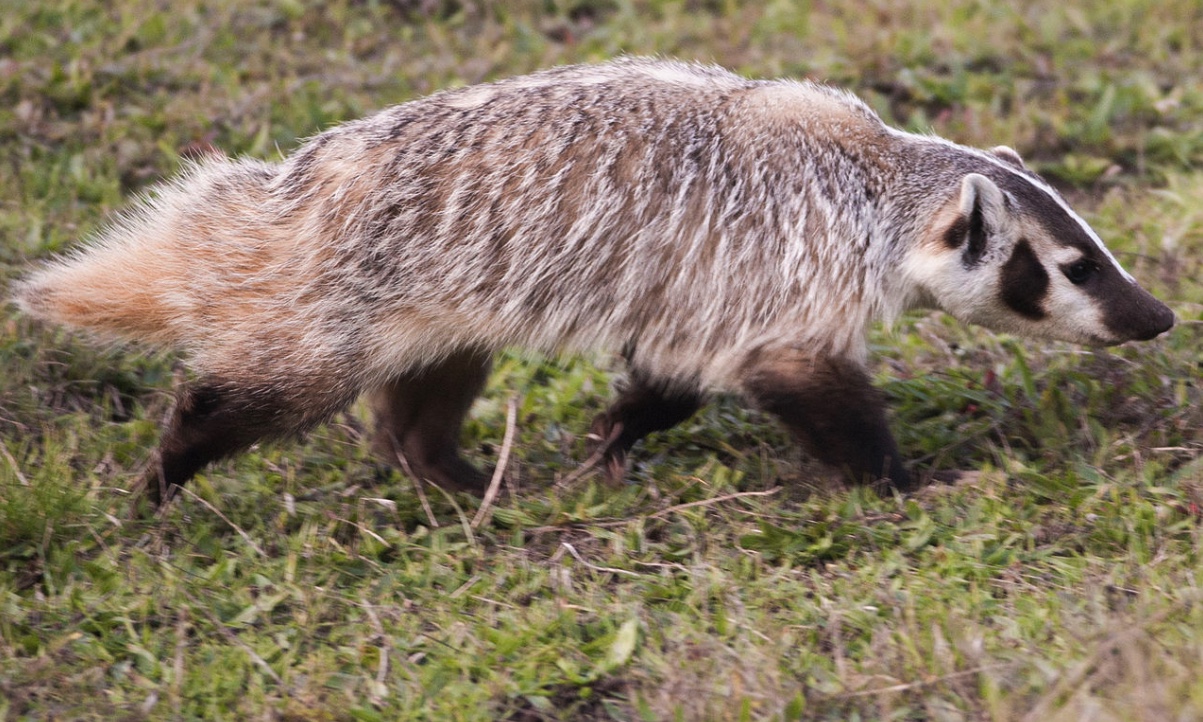
Photo: Yathin Krishnappa, CC BY-SA 3.0
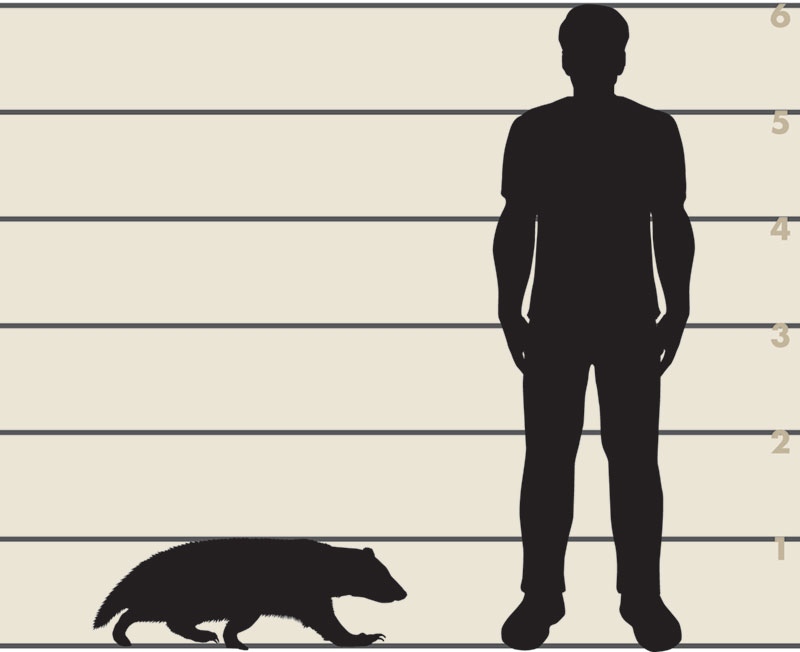
Illustrator: Lynn Smith
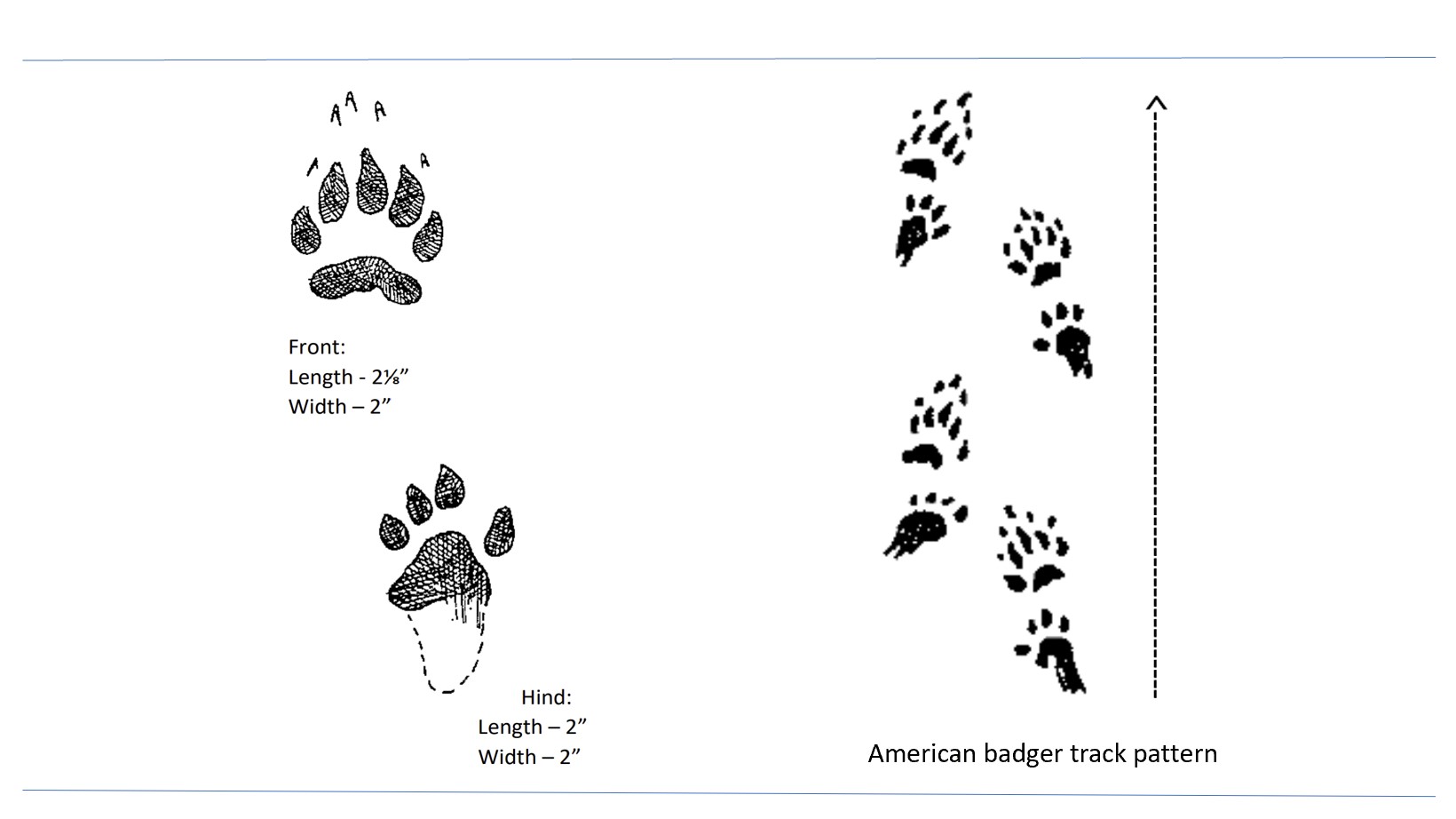
Illustrations: Dan Goodman
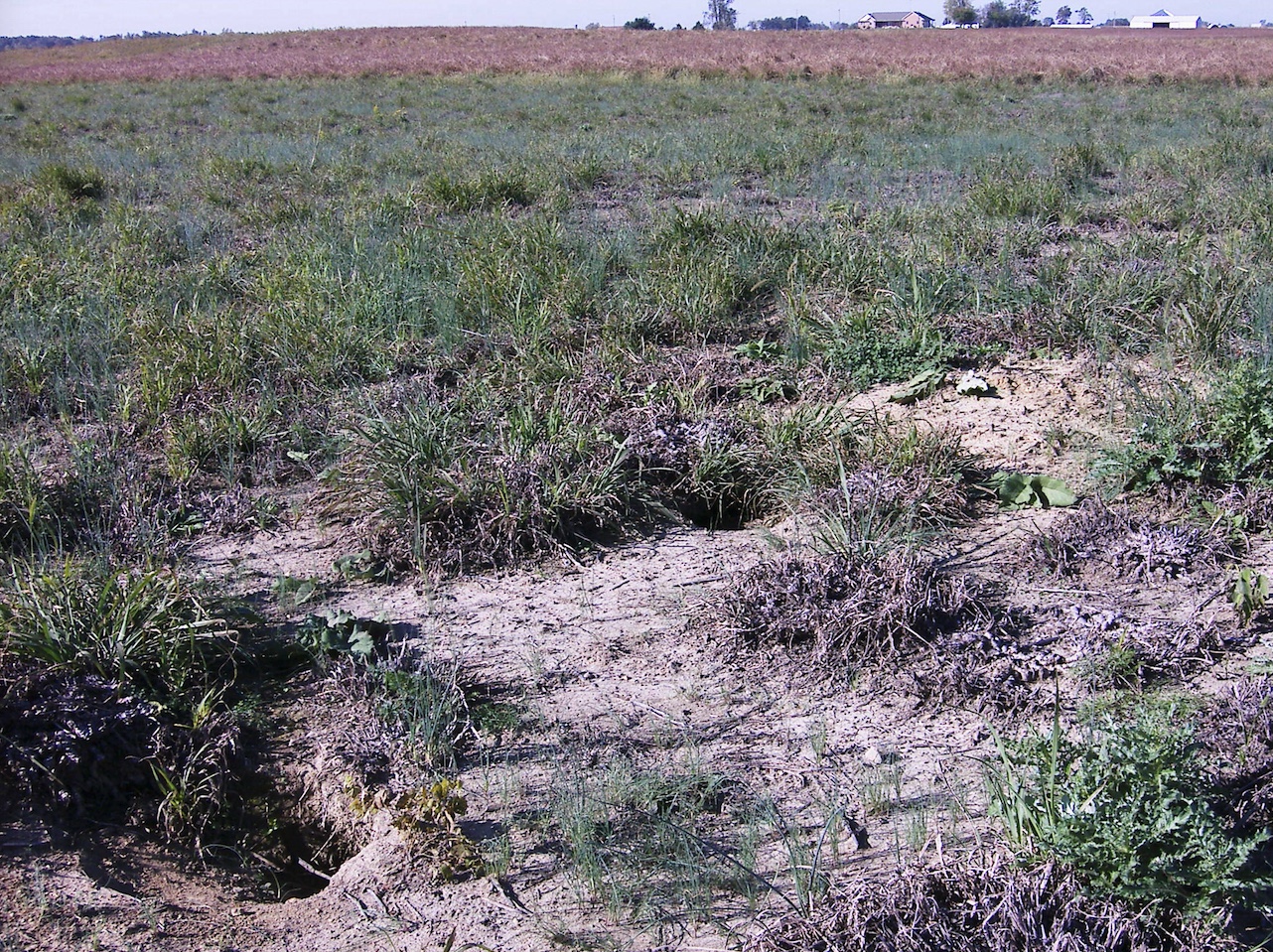
Photo: Jared Duquette
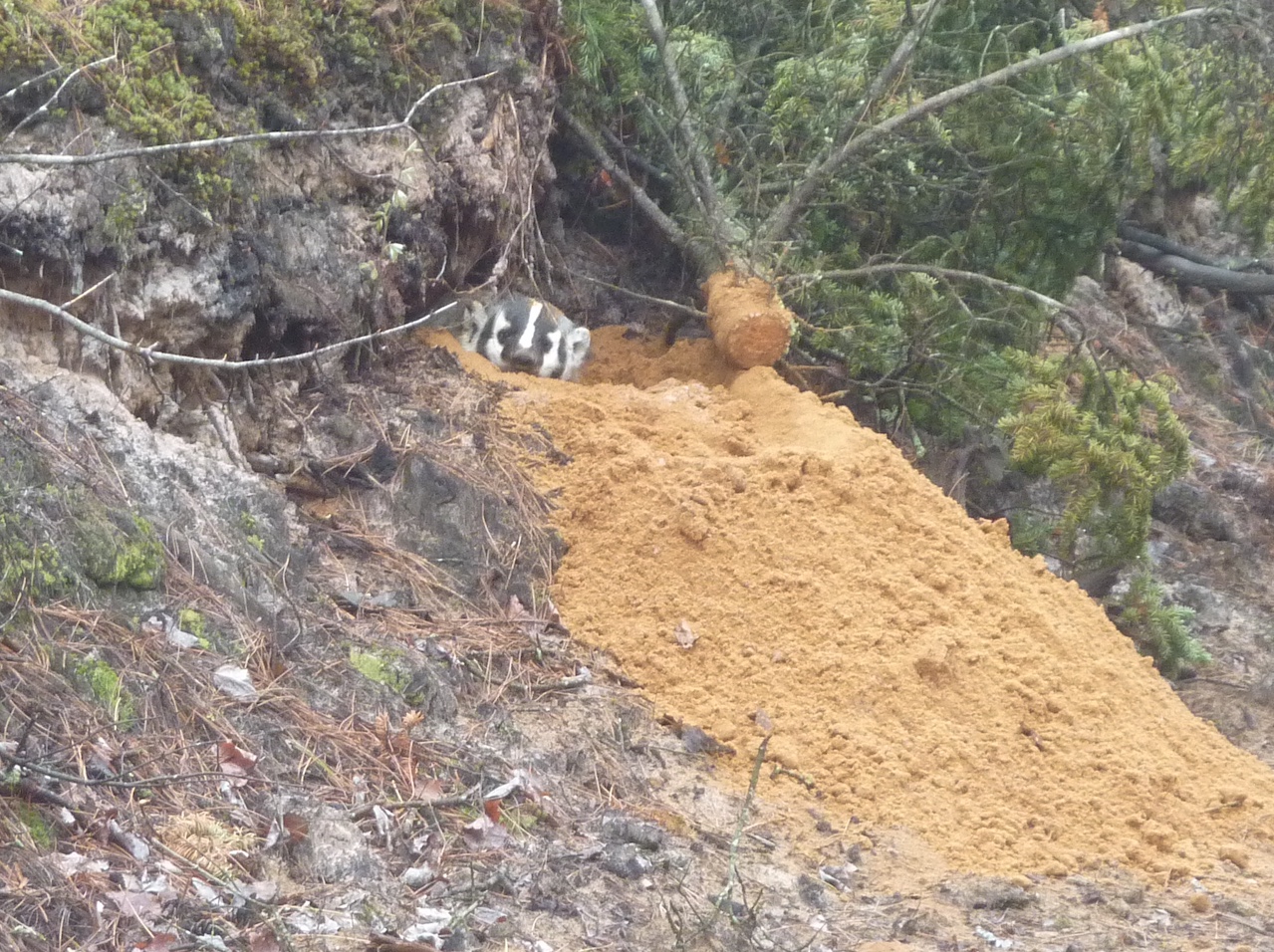
Photo: Jared Duquette
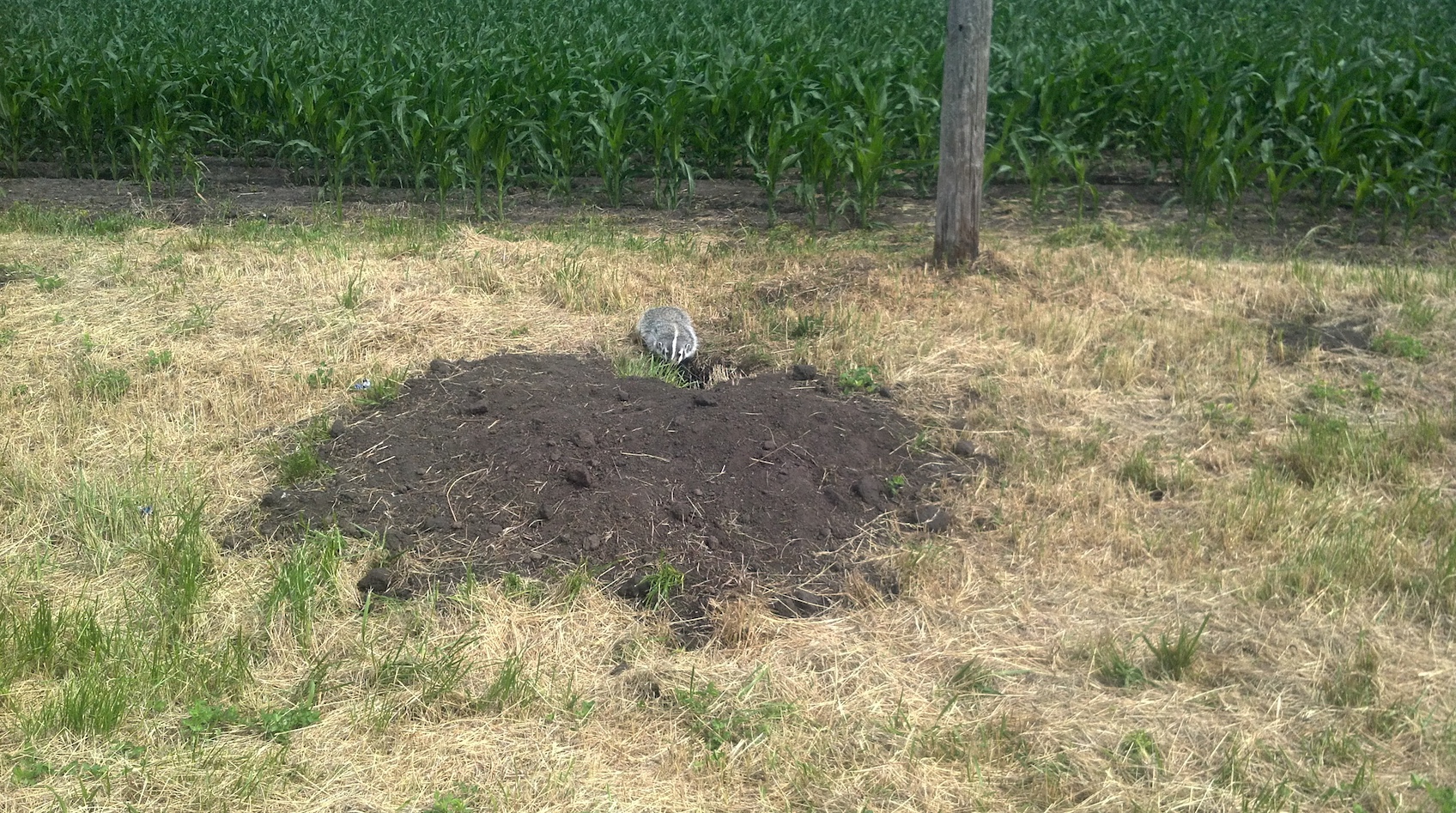
Photo: Laura Kammin
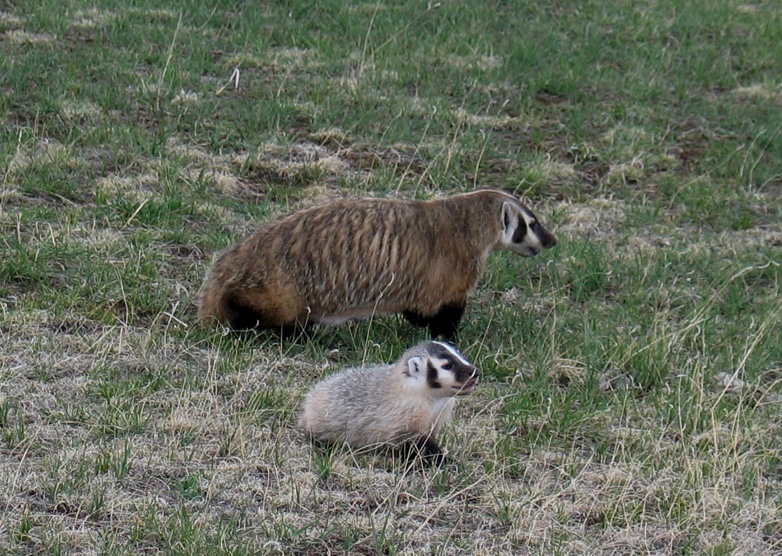
Photo: U.S. Fish & Wildlife Service
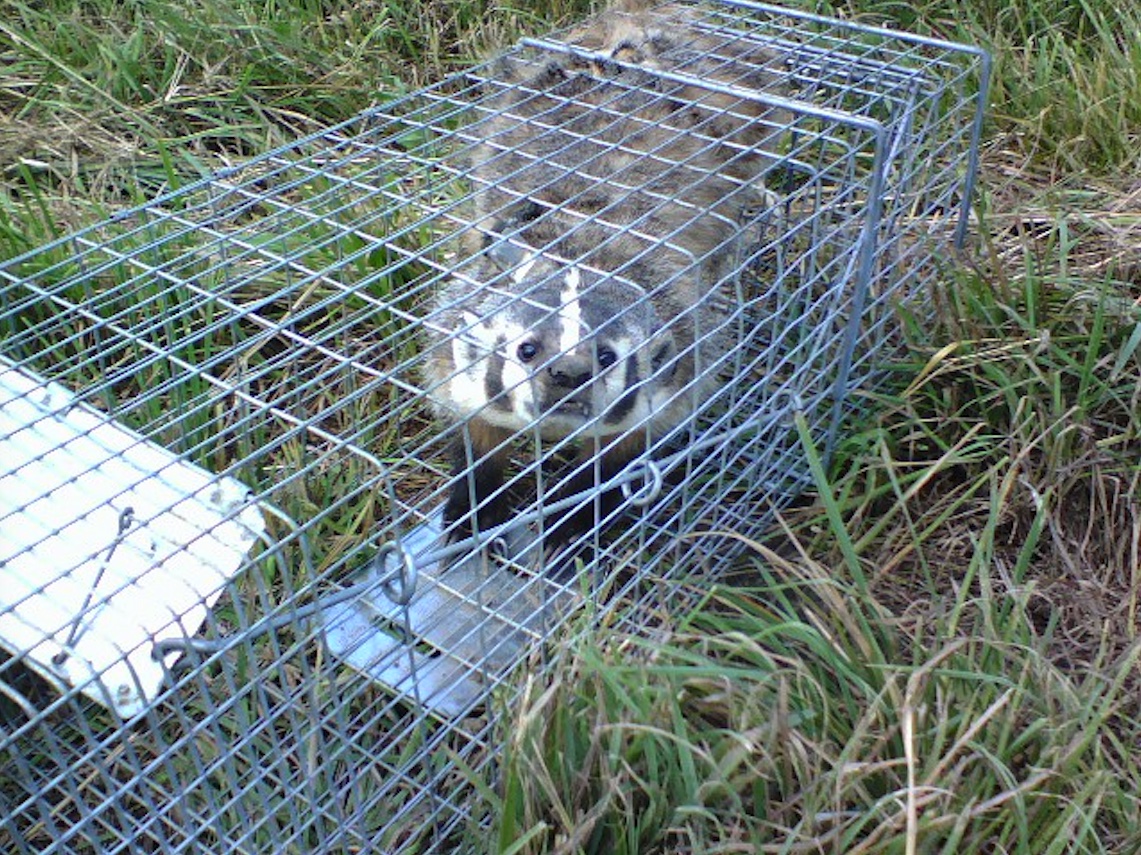
Photo: Jared Duquette
The Wildlife Illinois website was authorized by the Illinois Department of Natural Resources (IDNR) in partial fulfillment of project W-147-T. The website was developed by the National Great Rivers Research and Education Center, 2wav, and the IDNR in partnership with the United States Department of Agriculture Animal and Plant Health Inspection Service Wildlife Services and University of Illinois Extension to provide research-based information about how to coexist with Illinois wildlife.